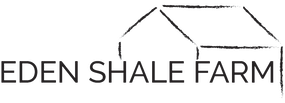|
Feeding hay can be the most grueling part of winter for cattle producers. Eden Shale Farm has been working to address this issue and we have demonstrated several different concepts. Dr. Higgins first started with the Bo Renfrow structure which can hold 6 bales and feed up to four different groups of cattle depending on gate configuration. It's efficient and it works well. The next project that Dr. Higgins designed was the Fenceline Feeding System. This system allows us to compare 5 different designs side by side. As the name indicates, the hay feeders are placed in the fencerow to eliminate having to go into the field with the tractor to feed hay. Filling the feeders is done from the hardened roadway allowing one person the ability to fill the feeders quickly and easily, without having to go in with the cattle. It's efficient and it works well. Dr. Higgins newest design takes these concepts one step further. If being able to feed four groups of cattle from one location is good, and if not having to go into the field to load the feeder is good, then why not combine those ideas on a large scale, thus increasing the efficiency of the system. If this concept appeals to you pay attention to our newest design, the Large Bale Feeder. The concept is simple; a self feeding structure that holds 32 round bales. The cattle eat from one end to the other through feed panels that roll on a simple rail system. The rendering shows the feeder full of hay and ready to use. As with any structure, site location and orientation is important. This structure opens to the south to allow for the winter sun to melt and dry any ice or snow that may be inside the structure allowing the cattle sure footing. The concrete floor is sloped from the center out to drain away moisture. Everything was built out of common building supplies other than the rolling rack that the feed panels bolt to. It was custom built for this exact size structure. Standard size feed panels were used so that if they get bent or beat up they can be easily replaced with new ones. The rail system that the rack sits on is 2 inch square tubing bolted down on the top of treated 2x6 walls. The rack rolls freely using two large caster wheels on each side. It also has a slide that rides under the rail so that the cows can't lift the rack off the wall. The entire rack weights 1,200 lbs but rolls easily enough that a light breeze will cause it to move. Our existing water source was not sufficient for winter temperatures at this location, so we installed a tire water tank to accommodate the herd during winter feeding. We only poured concrete around half the tire which is on the winter feeding side. The alleyway side will get used during rotational grazing and therefore did not get concrete. Notice the proximity of the water to the Large Bale Feeder. In a winter/hay feeding scenario you never want water access closer than 150 feet to the hay. If the water is in close proximity the cattle will have no reason to leave and will linger and make a much bigger mess of mud and manure than is necessary. Our tire placement meets this 150 foot minimum recommendation. We have found that the easiest way to keep cattle from getting in these tire water tanks is to repurpose old hay rings as a barrier. We will cut/add to the hay rings to ensure that they fit snuggly onto the tire so they stay in place. The final step of the project was to get the fence installed and the gates hung. In the photo below taken with a drone you can see the final layout. Cattle enter the Large Bale Feeder from the right hand side. To access the water, they have to walk along the outside wall of the feeder, past the gates, then turn and go up to the water tank. That route was hardened with geotextile fabric and gravel to help alleviate mud. The producer also has easy access to fill the Large Bale Feeder without having to go into a field or interact with the cattle. It's efficient and it should work well. The efficiency of this system is in the scale of the structure itself. It holds 32 round bales. So the question is: how long would 32 bales last your cow herd? It depends on the size of your herd, right?. It might last a couple of weeks, it might last a couple of months, or it could last all winter. Imaging the possibility of feeding hay all winter and never having to start the tractor...
|
Archives
June 2024
Categories
All
Welcome |
CONTACT US |
EMAIL SIGN UP |
|
Eden Shale Farm
245 Eden Shale Rd. Office: (859) 278-0899 Owenton, KY 40359 Fax: (859) 260-2060 © 2021 Kentucky Beef Network, LLC.. All rights reserved.
|
Receive our blog updates
|

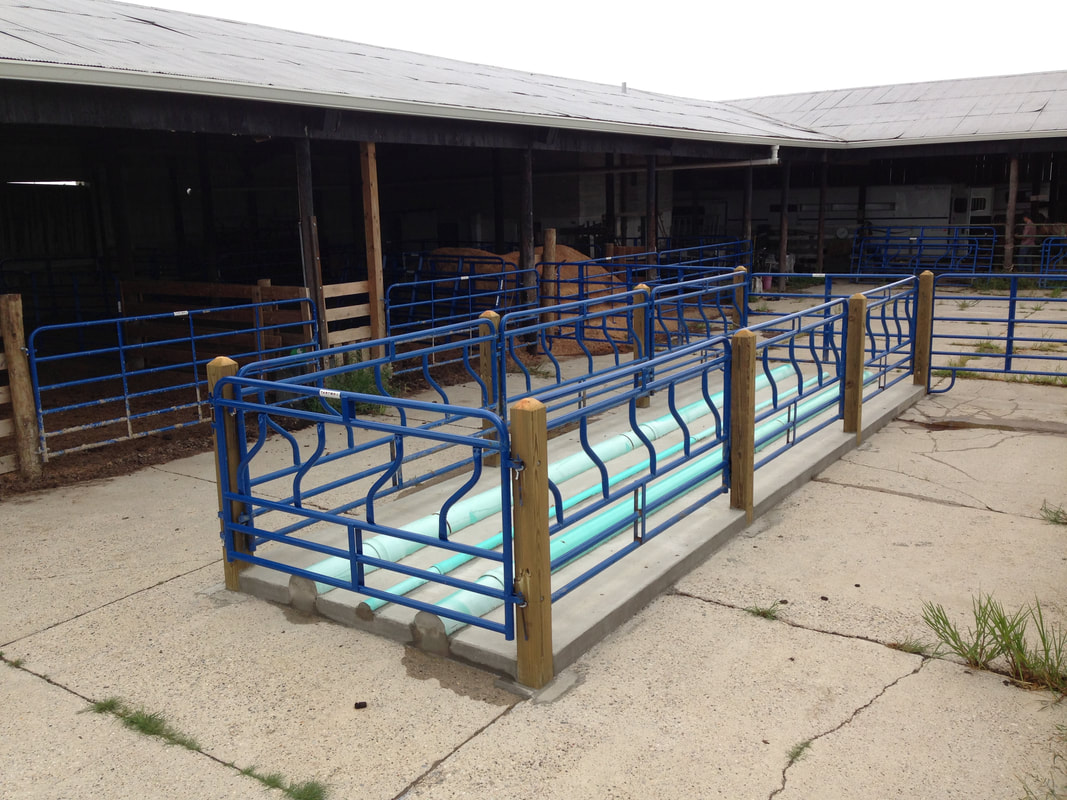
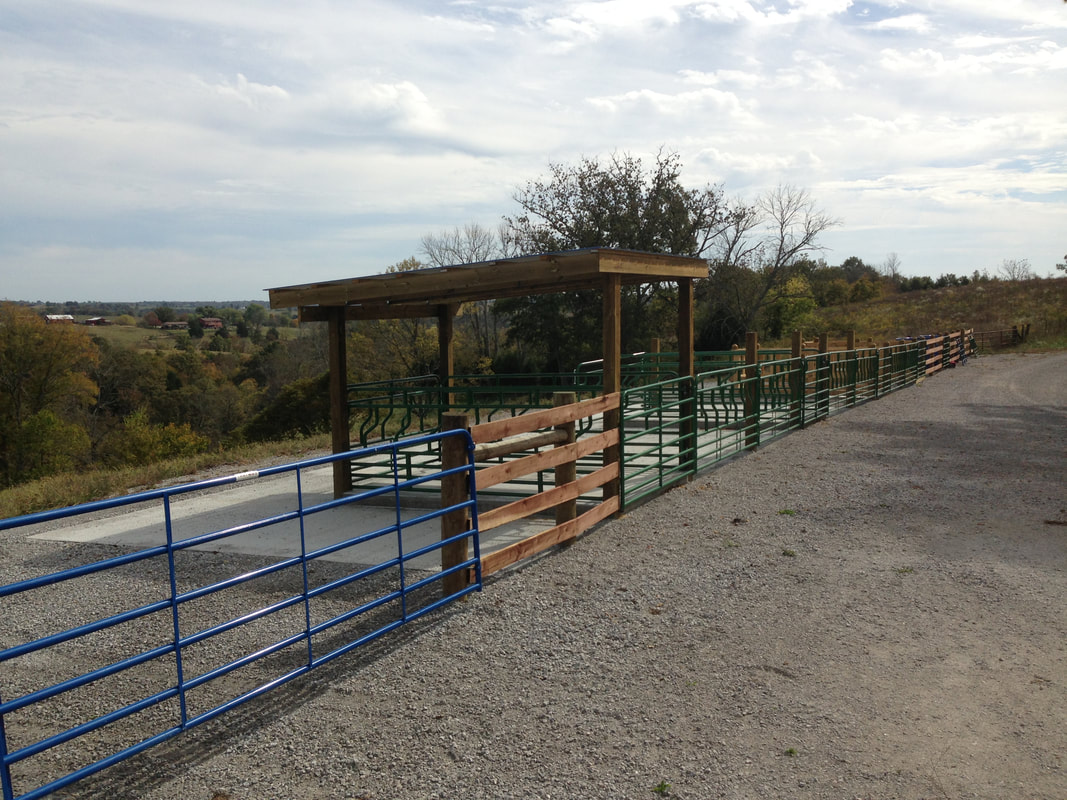
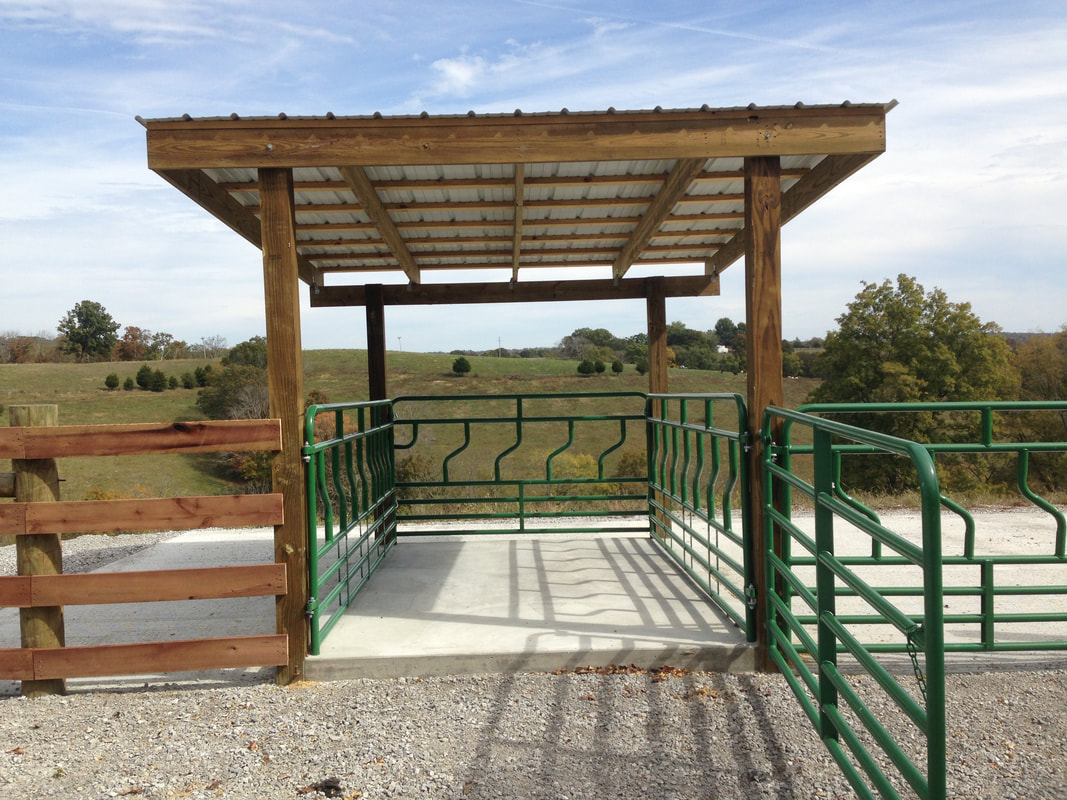
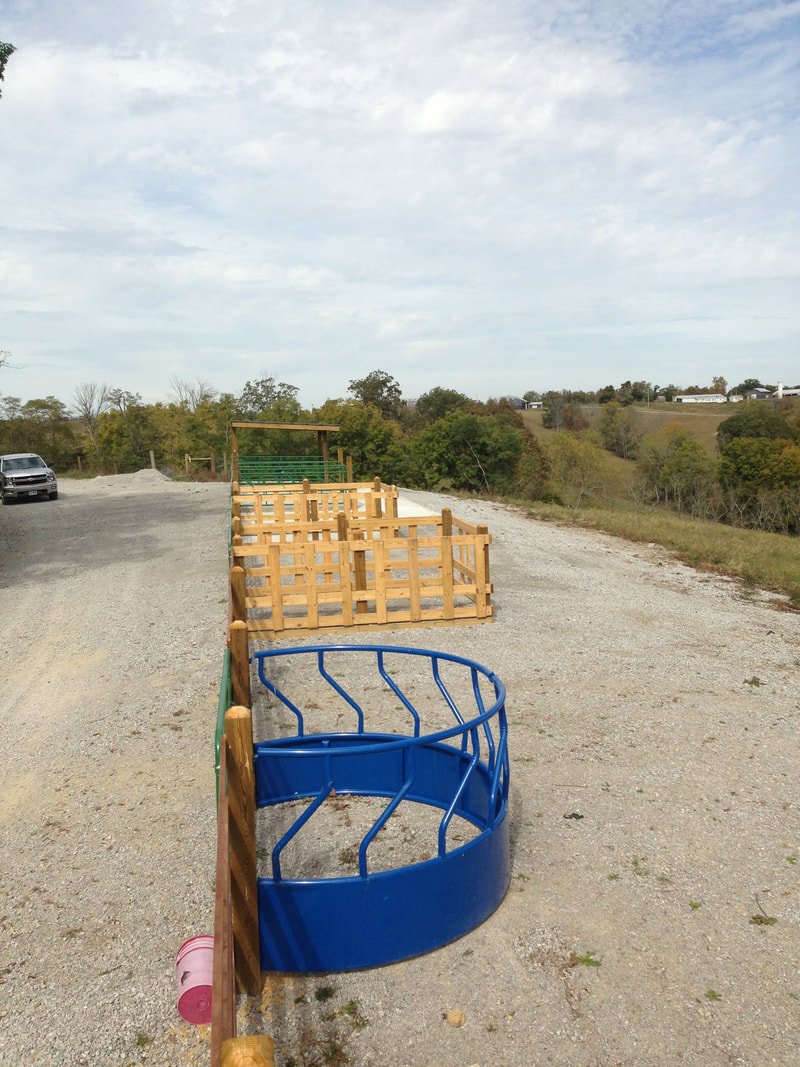
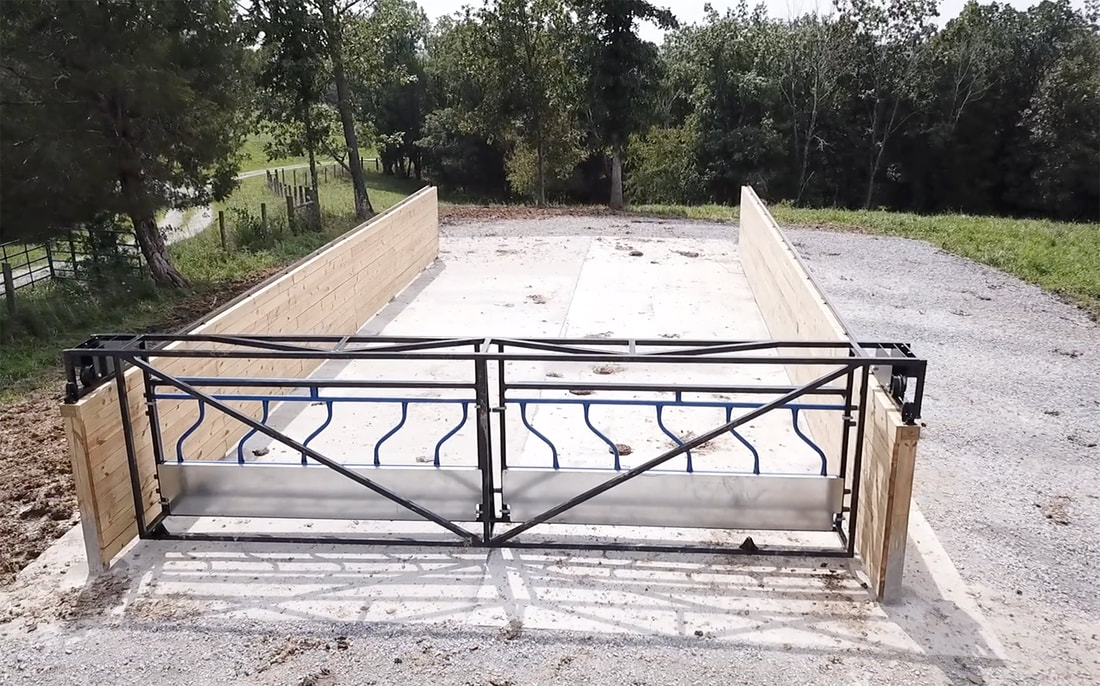
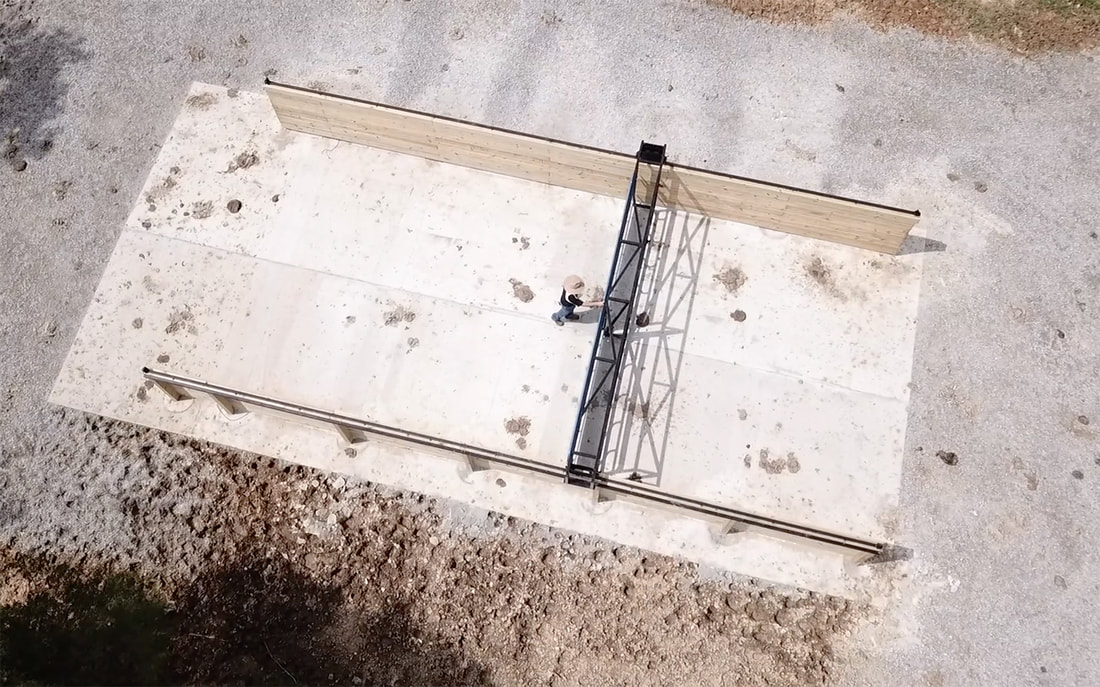
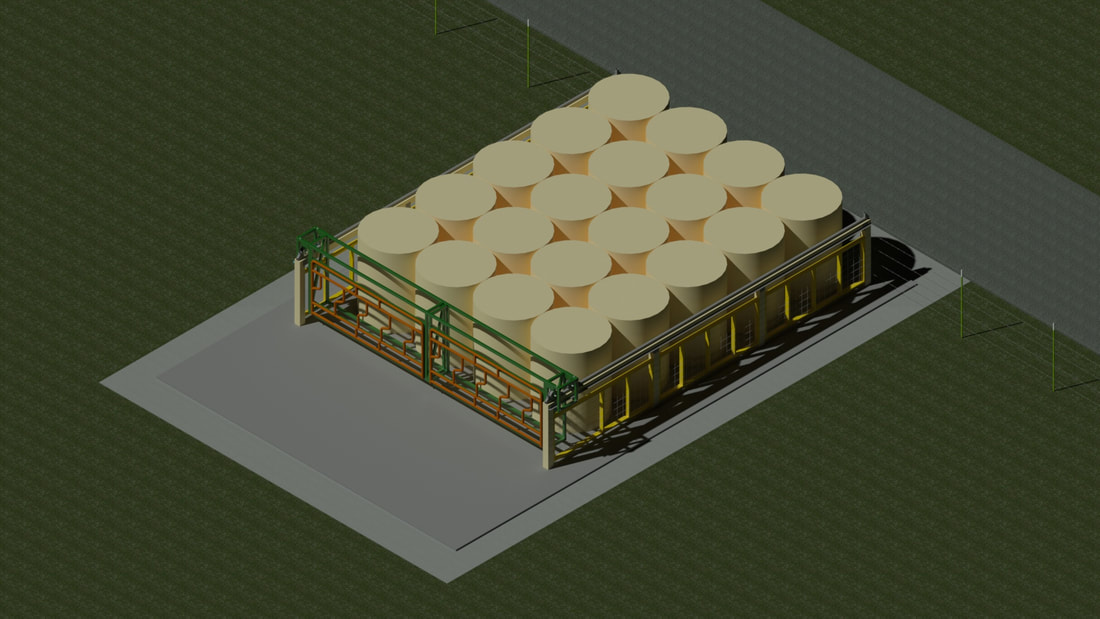
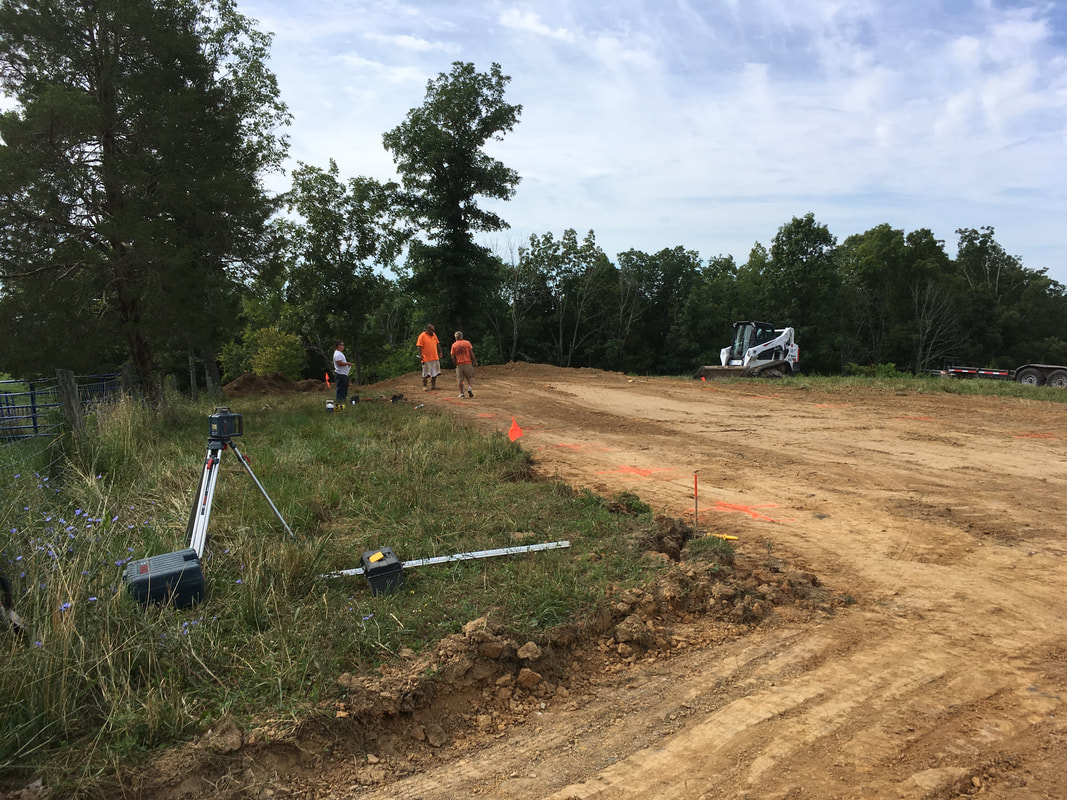
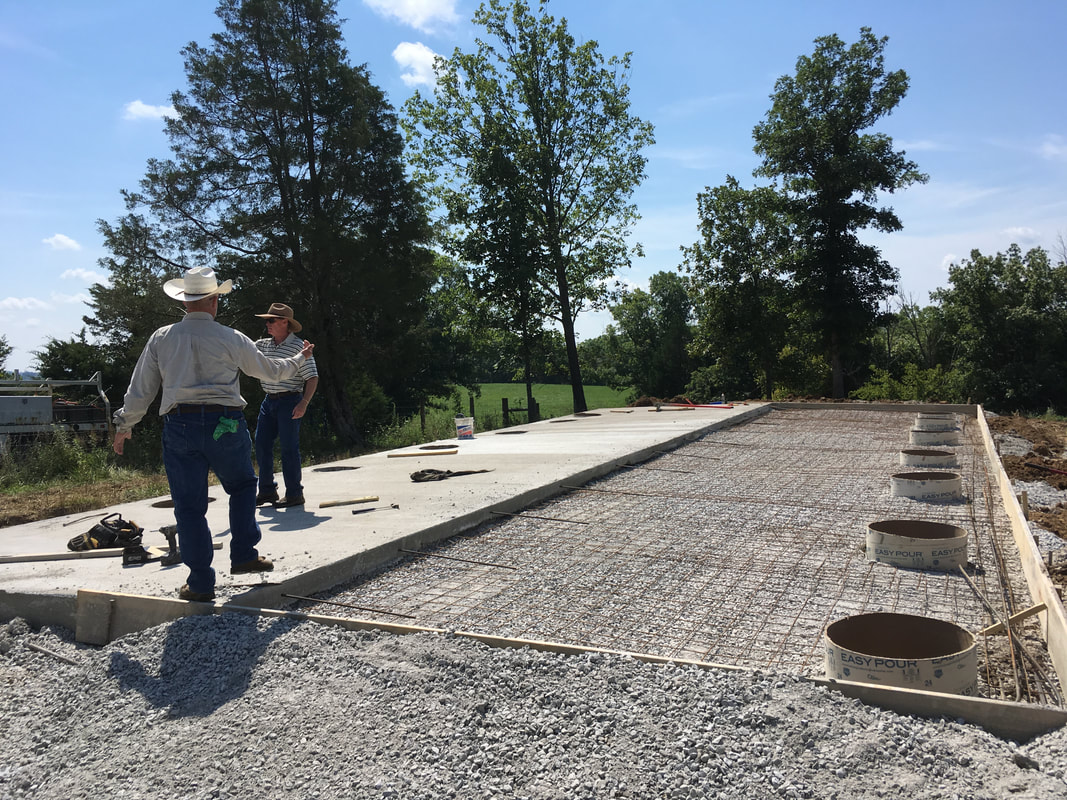
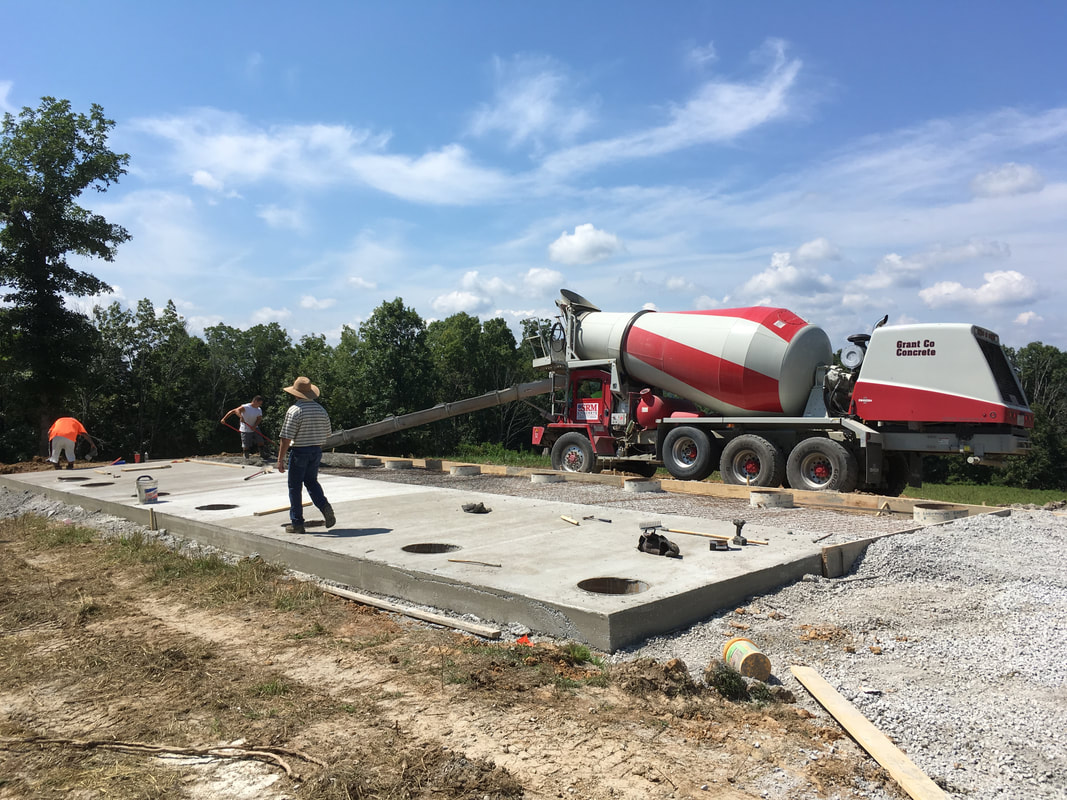
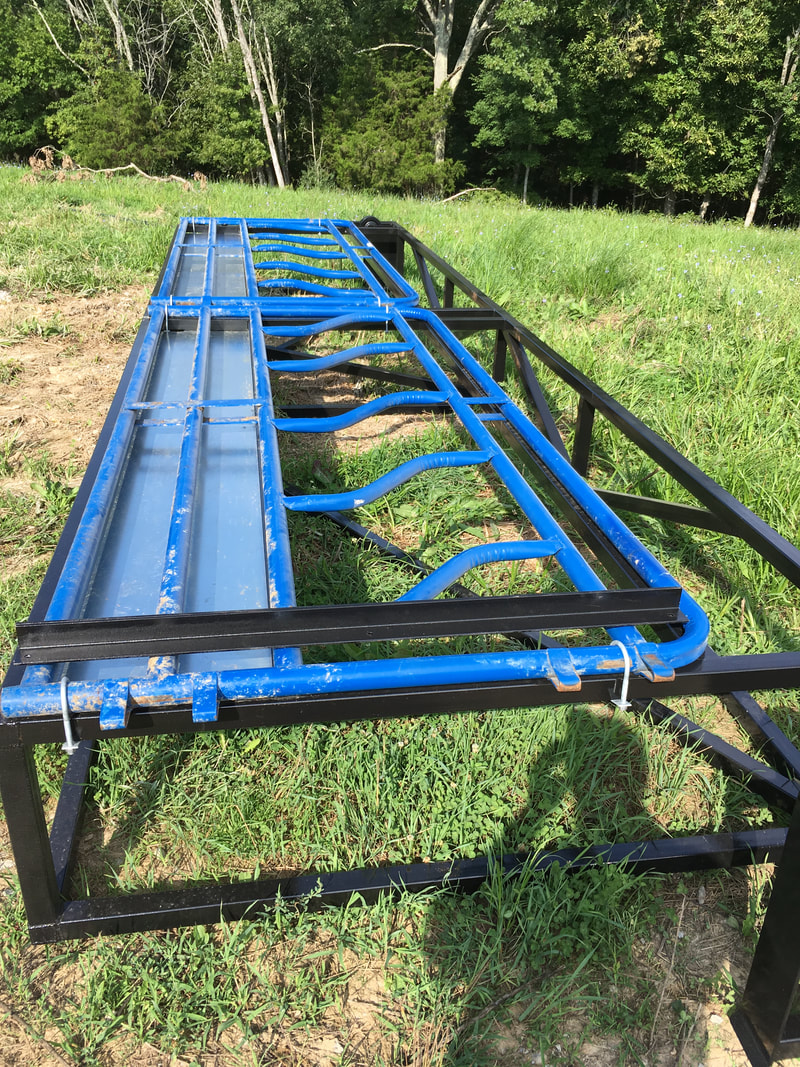
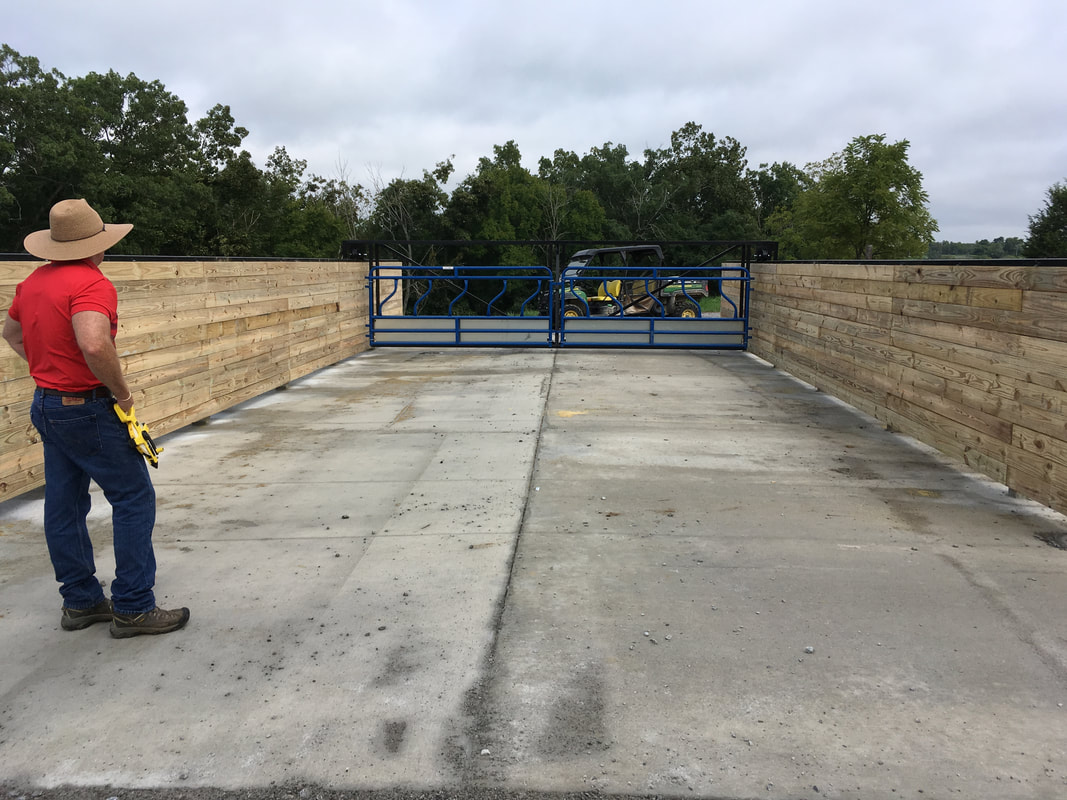
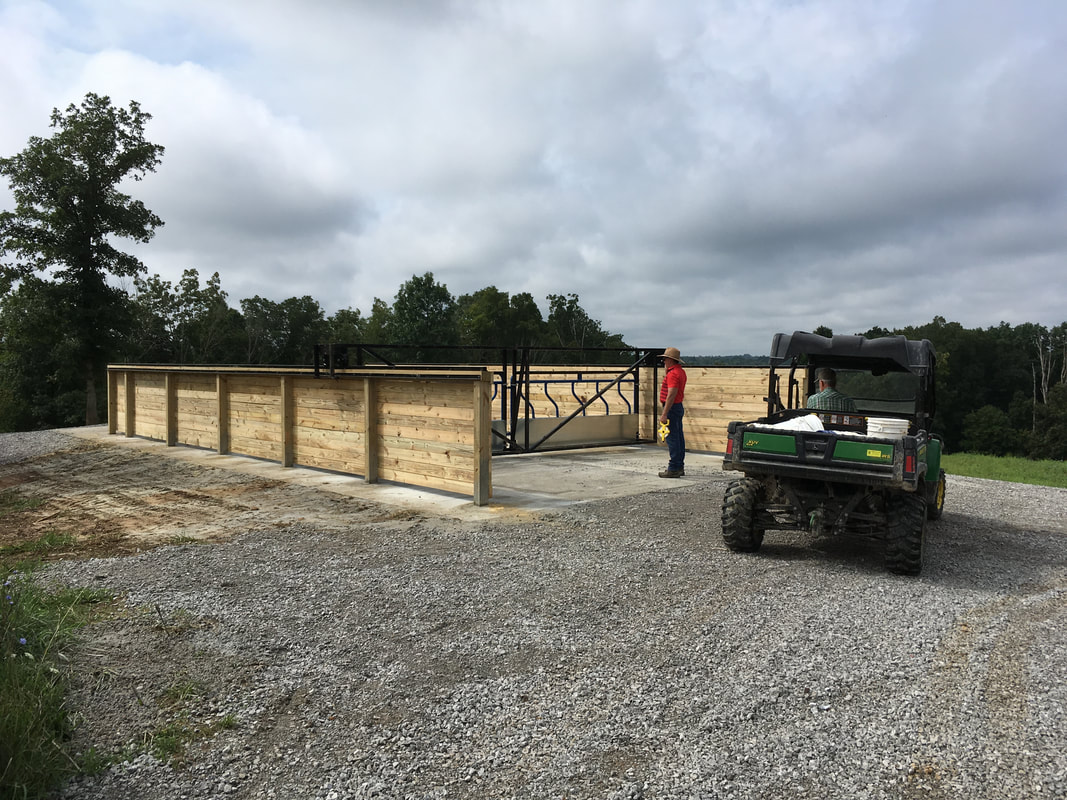
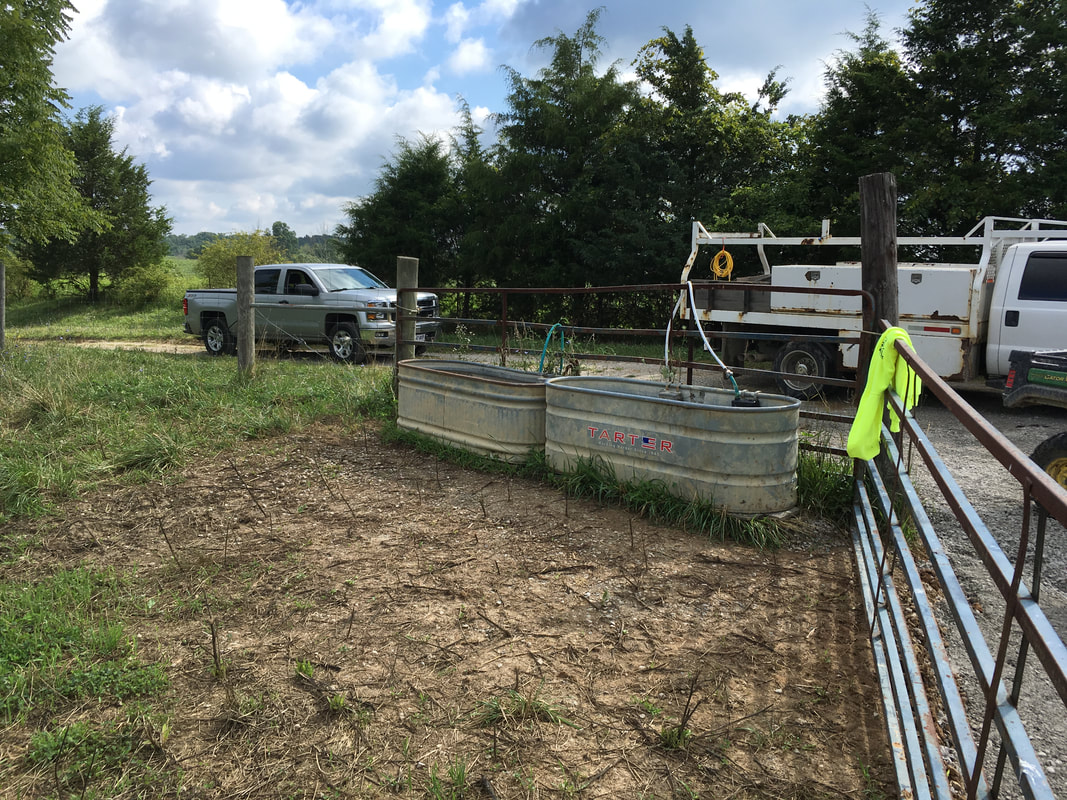
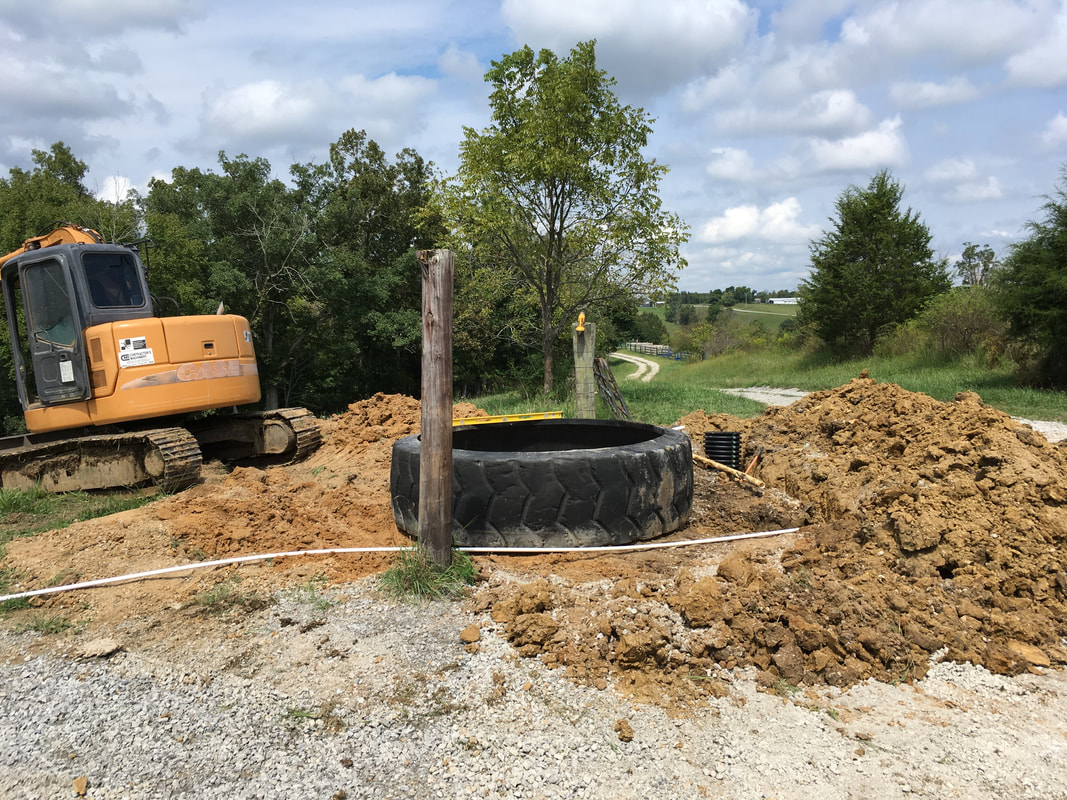
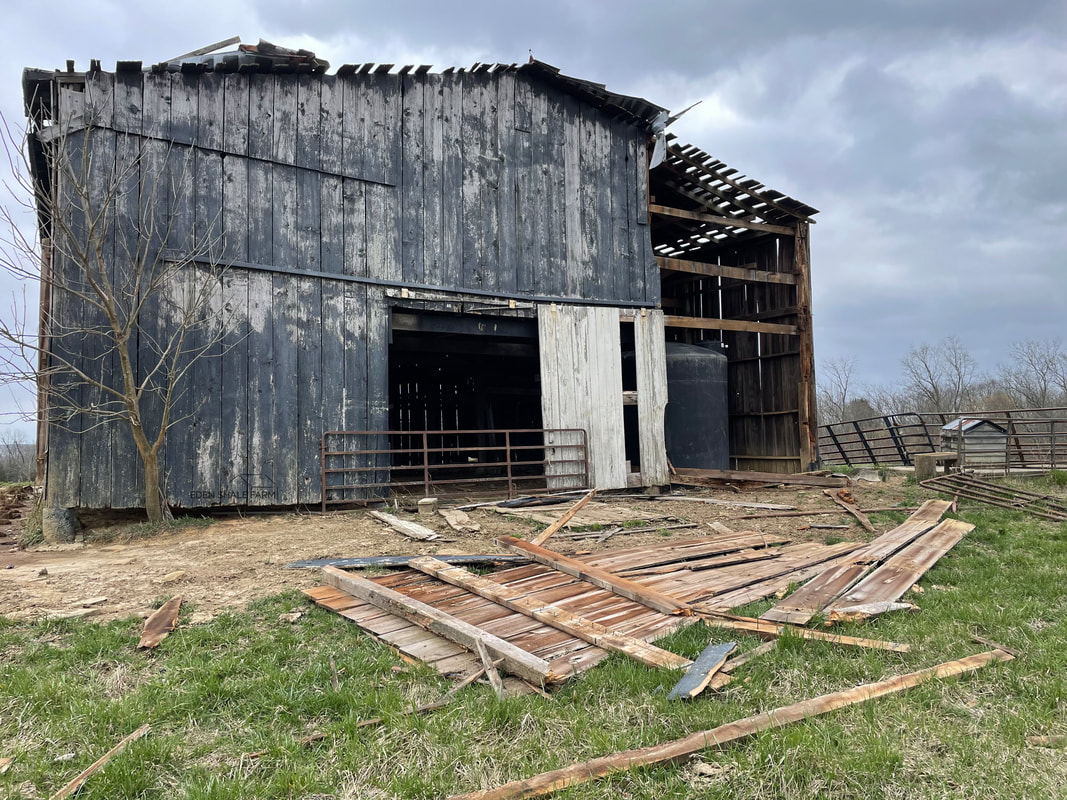
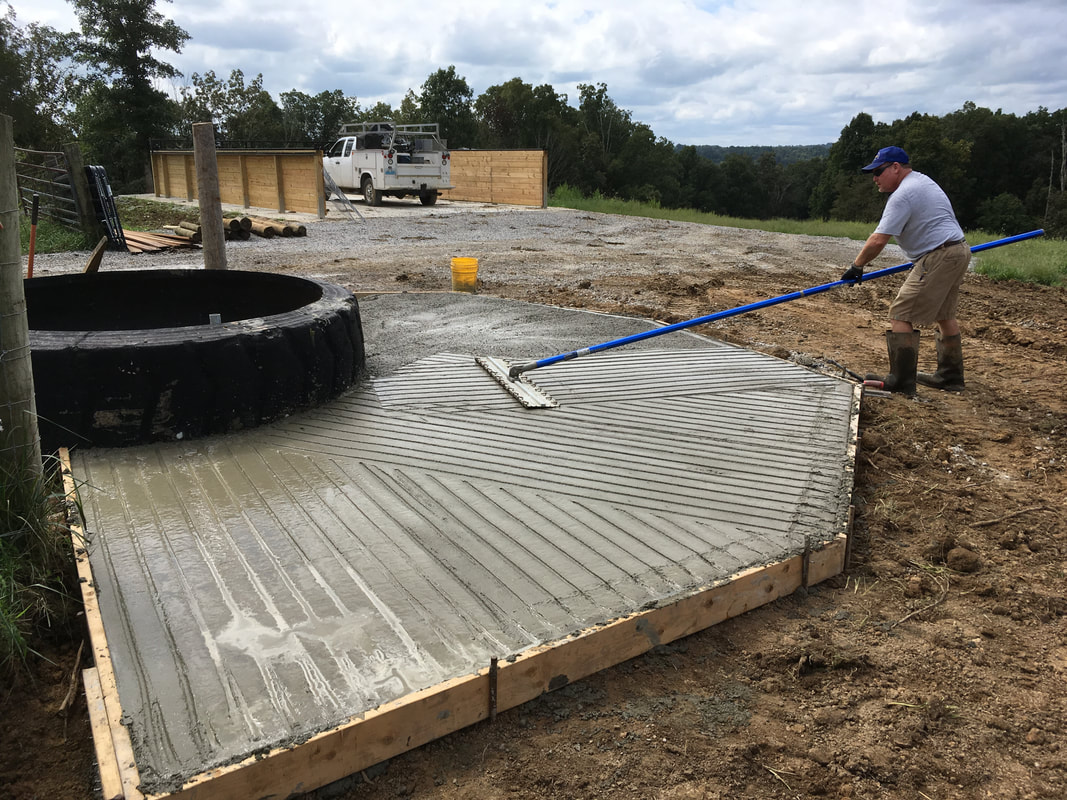
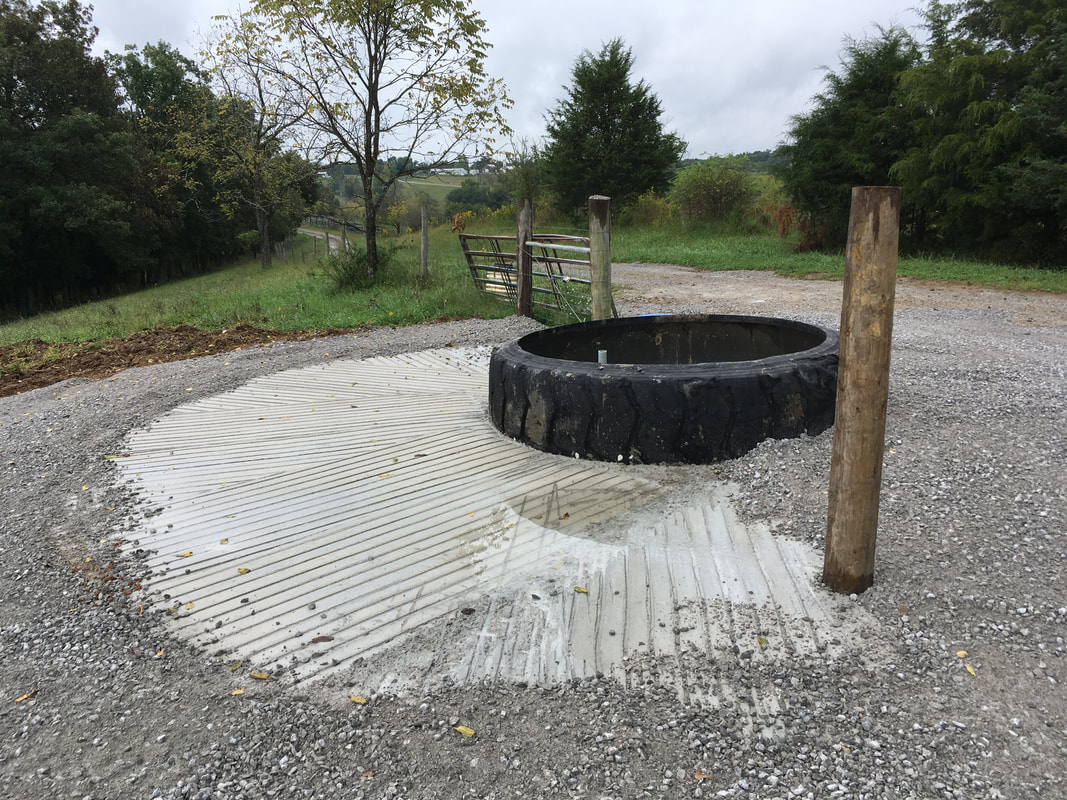
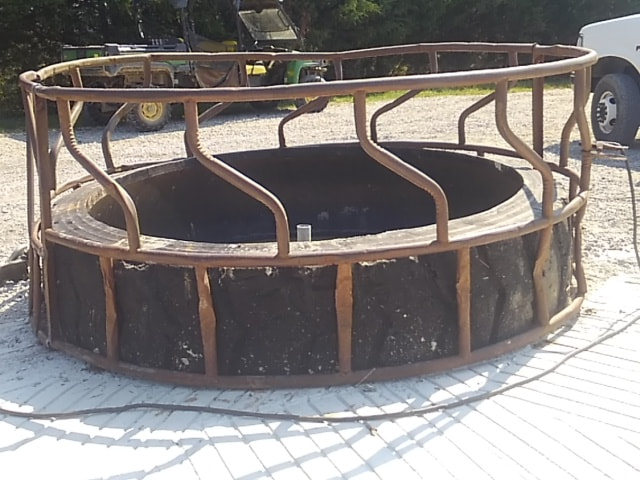
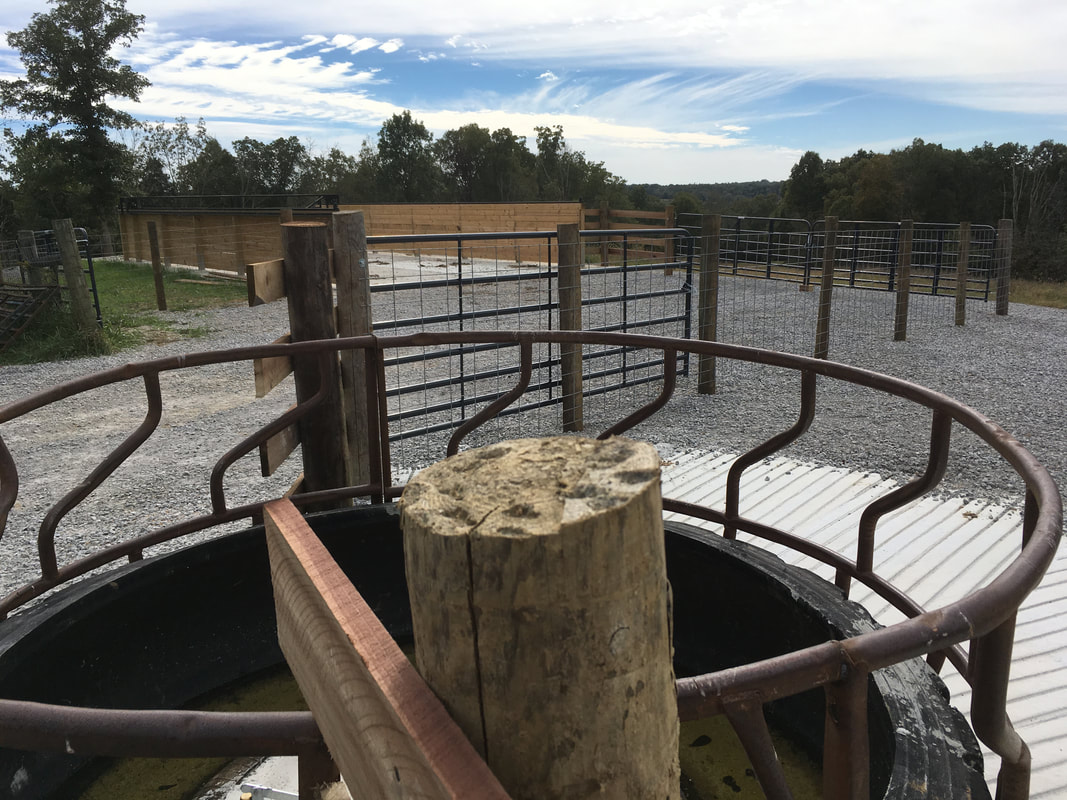
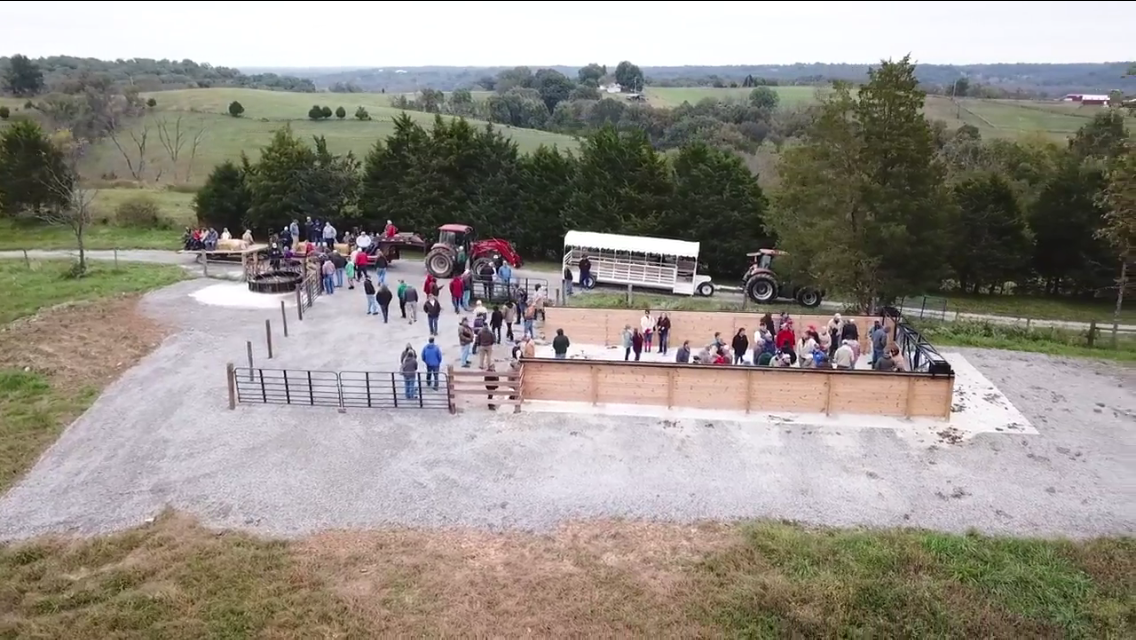
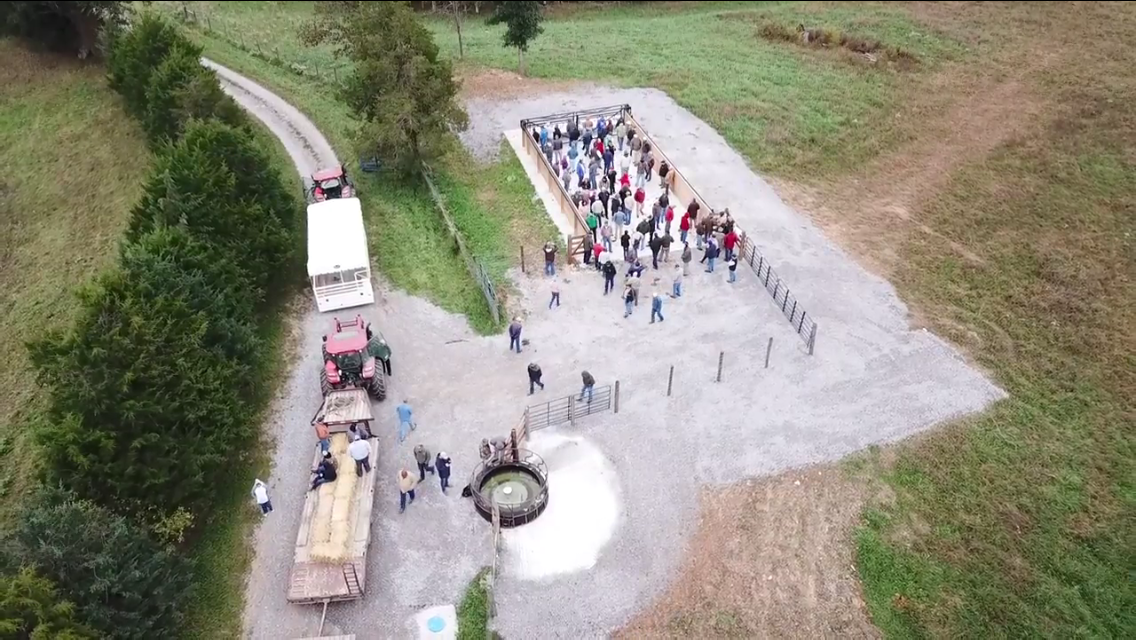
 RSS Feed
RSS Feed
